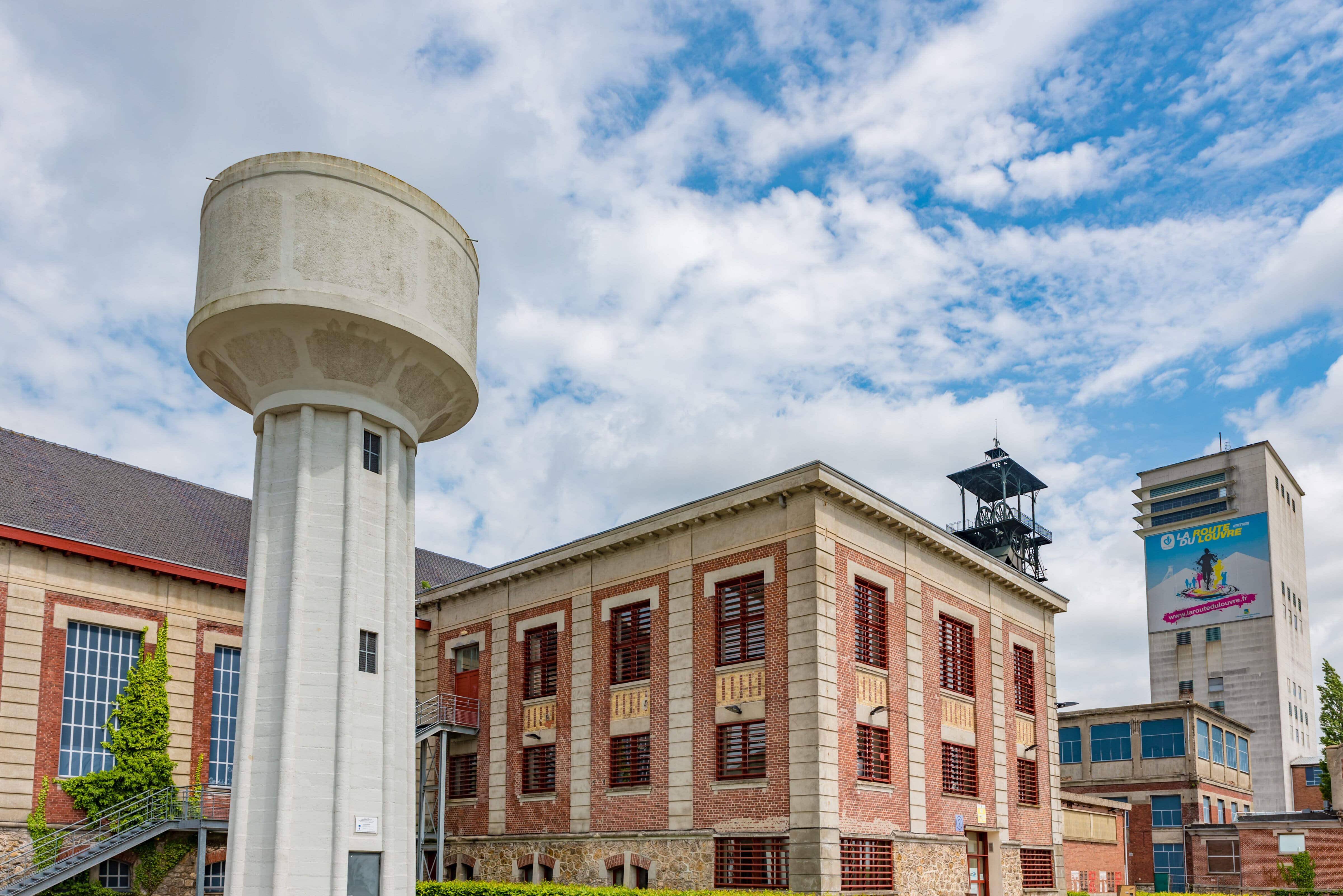

From 1842 many miners worked in the mines to extract coal. Thanks to a headframe (a metal structure that allowed access to the mine), the miners descended into the pierced deposits, named by number.
During the First World War, the mines were stopped and the city of Lens was destroyed. The mining activity resumed in the 1920s. During World War II, mines were run by private companies that supplied coal to the enemy. At the end of the war, the state decided to nationalize this industry and increase production by investing in new constructions, such as the tower "19" in Loos-en-Gohelle, which extracted 12 000 tons of coal daily with only 3000 miners.
Most mines closed in the late 1980s. The last mine located in Lorraine, closed in 2004.
The work of the miners was very arduous and involved many risks: cave-ins, floods and firedamp (explosive gas). In exchange, workers were allocated free housing for life as well as services and benefits.
Everything was designed to condition them as best as possible to the life of a miner and to make them more productive. The houses had gardens to compensate for the time spent underground and the workers had the obligation to maintain them. In school boys were trained to work in the mines, while young girls learned to care for a home. The practice of a wind instrument was also encouraged in order to develop their lung capacity.
After the closure of the mines in the 1980s and 1990s, many workers found themselves unemployed and some of the houses were they lived were abandoned.
Several sites in the mining area have been converted into tourist and cultural sites and allow to enhance this industrial heritage:
Jessica from Comme des Français
Photo credit: Hôtel du Louvre-Lens ©Gillard Trillard
Ready to discover other exceptional places in the North of France?